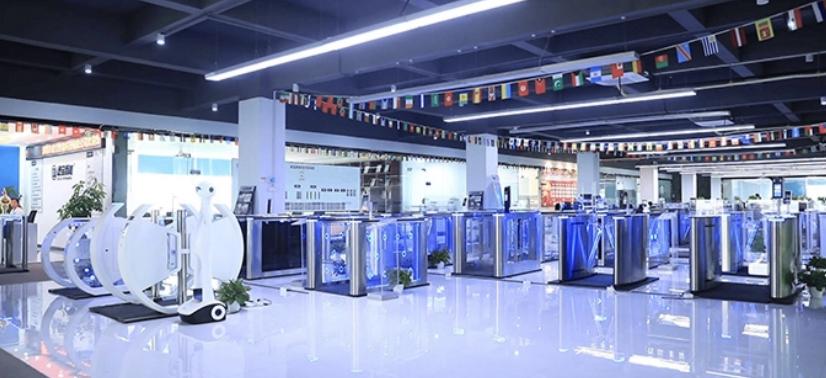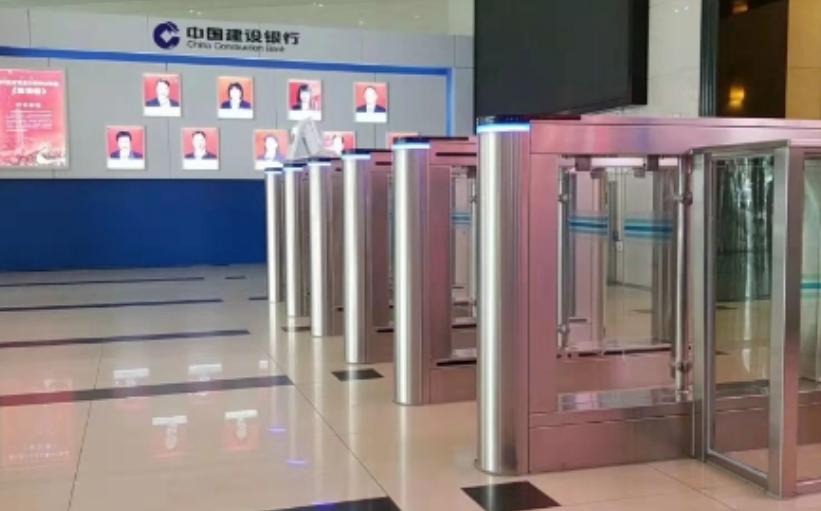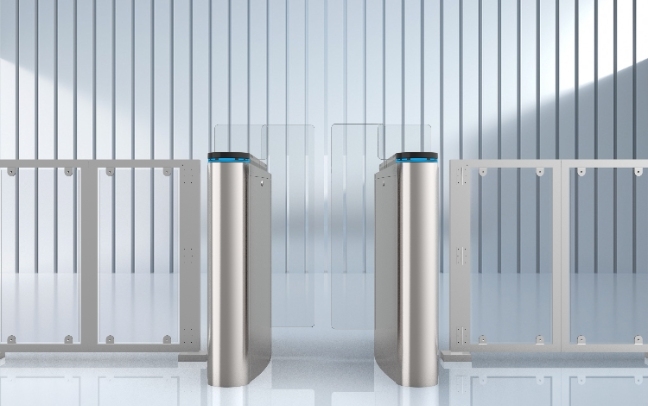5 Common Fingerprint Access Turnstile Installation Flaws

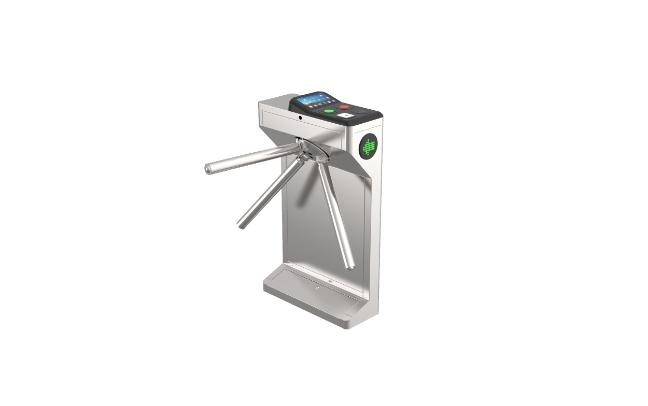
Fingerprint Access Turnstile integration can transform a building’s entry experience – but only if the process avoids hidden pitfalls that drain budgets and frustrate users. At Turboo, we have deployed thousands of gates worldwide and witnessed the same avoidable errors derail otherwise promising projects. Below, we share what we have learned from the field so you can sidestep the most common mistakes and unlock the full power of biometric entrance control.
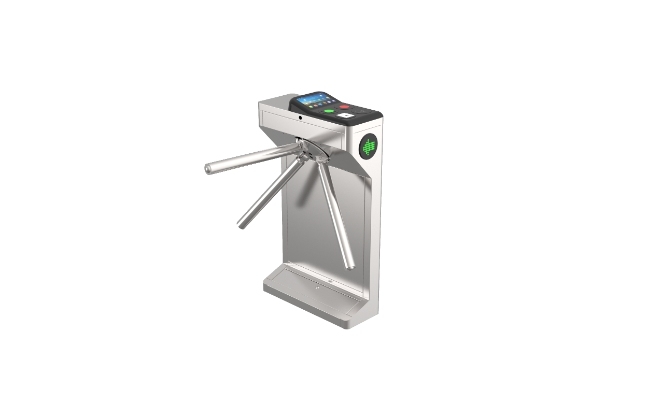
Why Integration Matters More Than Ever
Modern facilities must balance airtight security with a welcoming, friction-free visitor journey. A Fingerprint Access Turnstile acts as the physical handshake between your digital credentials and the real world. When the hardware, software, and workflow are tightly woven together, employees breeze through, tailgaters are stopped, and security teams gain reliable analytics.
Unfortunately, integration is rarely plug-and-play. Legacy HR databases, multiple badge formats, and inconsistent network policies introduce complexities that many projects underestimate. Add growing demand for multi-factor authentication – RFID, QR code, fingerprint, or face recognition – and the margin for error widens.
At Turboo, we engineer our devices, such as the RFID QR Code Fingerprint Integrated Bridge Tripod Turnstile JL181 and the A203C Telescopic Acrylic Flap Barrier Gate, with open SDKs, modular readers, and edge computing to simplify integration. Yet even with flexible hardware, success depends on planning, configuration, and coordination. To help you succeed, we have distilled the five errors we see most often. Address them early, and your project will deliver seamless building access control.
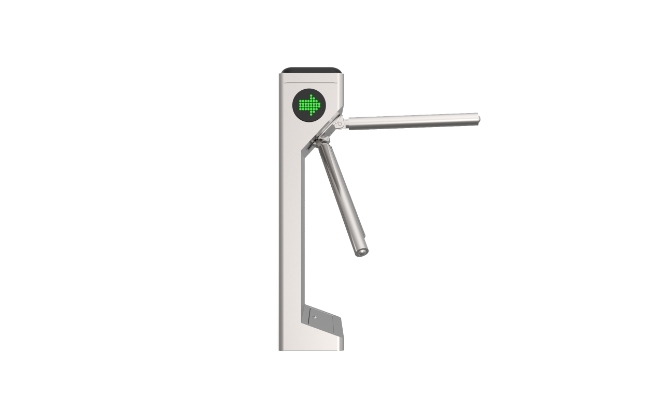
Top 5 Fingerprint Access Turnstile Integration Mistakes
Below are the issues we find lurking in project post-mortems, each followed by practical guidance drawn from Turboo deployments.
1.Overlooking Network Readiness
Many teams focus on cabling and power yet forget that every Fingerprint Access Turnstile becomes a network node. VLAN segmentation, static IP assignment, and firewall rules must be defined long before installation day. Skip this step and you will face blocked ports, dropped packets, and night-time panic calls.
✅Turboo Tip: Conduct a joint walkthrough with IT one month before delivery. Verify PoE capacity, switch locations, and QoS policies to guarantee real-time biometric data flow.
2.Mixing Incompatible Credential Formats
RFID badges, QR visitor passes, and fingerprint templates can coexist – if the system uses one authoritative ID field. We often see databases where badge numbers differ from biometric IDs, causing false rejects or ghost entries.
Avoid maintaining parallel identity tables. Consolidate enrollment so every credential points to a single user object. Our JL181’s “with memory” mode stores multiple credentials per person directly at the gate, reducing API calls during peak hours.
3.Ignoring Environmental Factors
Biometrics thrive in clean corridors, yet many turnstiles end up in dusty warehouses or humid station platforms. Without proper housing, sensors degrade, and users blame the technology rather than the conditions.
✅Turboo Tip: Choose IP54-rated enclosures for industrial zones, enable the JL181’s infrared anti-clip feature to compensate for gloves, and install heaters in unconditioned lobbies to prevent condensation on acrylic flaps.
4.Skipping User Education
Even the smartest Fingerprint Access Turnstile fails if people present their finger incorrectly or forget to pre-register. We encounter sites where only IT staff know the correct swipe angle. Line congestion follows, and management questions the entire investment.
Provide concise, pictogram-based signage and short onboarding videos. During week one, station ambassadors next to each lane. Engagement now saves hours later.
5.Treating Maintenance as an Afterthought
The “install and forget” mindset shortens service life. Dust buildup misaligns optical sensors; firmware remains outdated; bolts loosen under constant load. Worse, a neglected gate invites tampering.
✅Turboo Tip: Schedule quarterly health checks. Our A203C supports remote diagnostics, so technicians can push updates off-peak, reducing site visits while keeping compliance certificates current.

How Turboo Helps You Avoid These Pitfalls
At Turboo, integration is a partnership, not a product hand-off. We begin with a discovery workshop, map your credential ecosystem, and stage a complete mock-up in our lab. During deployment, our engineers calibrate fingerprint recognition thresholds to match local humidity and traffic density. Post-launch, we enable predictive alerts, so you receive an email before a reader nears its wear limit.
• Key Platform Advantages
✅Open API: Connect to any access-control server, visitor-management kiosk, or time-attendance app.
✅Modular Readers: Swap RFID, QR, or fingerprint modules without rewiring.
✅Adaptive Passage Logic: Anti-tailgate, anti-reverse, and auto-reset functions keep lines moving and security tight.
✅Silent Mechanics: Precision motors ensure smooth, low-noise operation, a crucial pain point in office lobbies.
These capabilities come standard in both the compact JL181 tripod and the elegant, high-throughput A203C flap barrier. Whether you manage a corporate HQ or a metro station, Turboo delivers biometric turnstile gate solutions that grow with your needs.
Ready to future-proof your entrances? Schedule a free integration audit with Turboo today. We will review your current setup, highlight risk areas, and craft a migration roadmap – no obligation, just insight.










